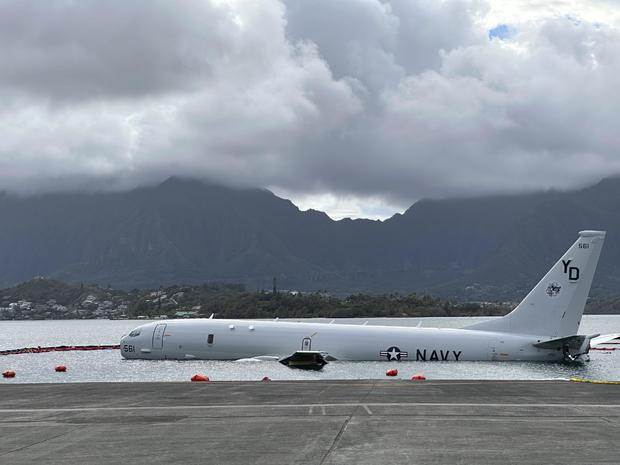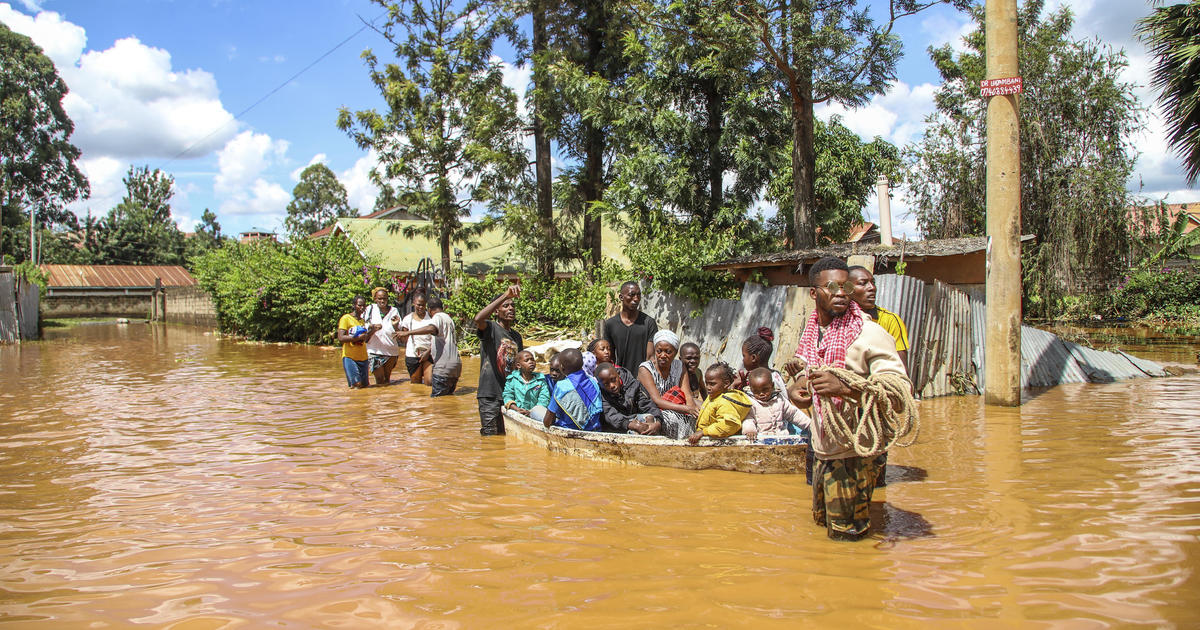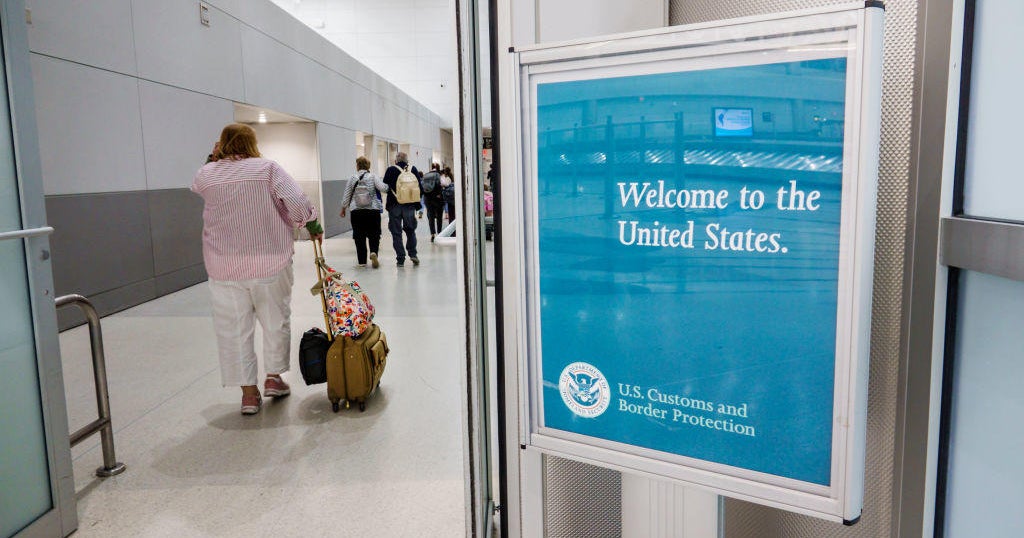U.S. Navy removes spy plane from Hawaii reef 2 weeks after it crashed into environmentally sensitive bay
A large U.S. Navy plane has been recovered from the environmentally sensitive bay in Hawaii that it crashed into two weeks ago after overshooting a nearby runway, officials said over the weekend.
The aircraft — a P-8A Poseidon used for surveillance, reconnaissance and intelligence gathering — ended a flight in bad weather by missing the landing strip at Marine Corps Base Hawaii on Nov. 20 and instead splashing into Kaneohe Bay along the northeastern coast of the island of Oahu. None of the nine people on board were injured in the mishap, although the bungled landing quickly sparked concerns over the potential consequences to marine life in the bay, which is home to sprawling coral reefs and a hammerhead shark breeding ground, as well as a marine biology research institute for the University of Hawaii.
The Navy said in a news release Sunday that the plane was removed a day earlier by a team of military and civilian experts after "meticulous planning." A diving and salvage unit with the Navy worked alongside specialists to pull the aircraft from the bay and return it to the runway.
The operation began at 6:30 a.m. local time Saturday and lasted more than 12 hours. The aircraft was first floated to a position adjacent to the runway before being lifted, piece by piece, up and out of the water. The last portion of the plane to be raised from Kaneohe Bay was the nose wheel, and that happened at around 7 p.m. on Saturday, according to the Navy.
"Our team went through a detailed planning process to develop the best course of action to get the P-8 out of the bay as quickly and as safely as possible," said Rear Adm. Kevin Lenox, the operation's on-scene commander, in a statement. "The entire process took 13 hours. Most of the day was spent making small adjustments to the roller bags and the aircraft position to minimize impact to the coral band adjacent to shore. At times it took us an hour to move the aircraft five feet."
Military officials had not previously given any definitive timetable for the plane's recovery or removal from the water, even as alarming video footage surfaced showing its tires resting on coral along the sea floor in at least two different places.
Lenox said at a news conference in late November an estimated 2,000 gallons of fuel was on board the aircraft when it crashed into the bay, but the Navy announced about a week after the crash that almost all of the fuel had been removed.
"The team extracted all the fuel that they could get out of those tanks. This process was completed successfully without any fuel being released into the bay," Lenox said. He said removing the fuel lowered risks for the rest of the salvage operation, the Associated Press reported at the time.
The salvage operation for the P8A-Poseidon was estimated to cost about $1.5 million, according to a plan released by the Navy. A Navy spokesperson told CBS News that about $200,000 was spent as of Dec. 1.





